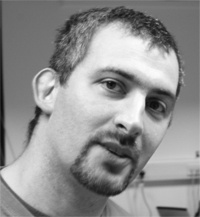Chapter 97. Great Software Is Not Built, It Is Grown
Bill de hÓra is chief architect with NewBay Software, where he works on large scale web and mobile systems. He is co-editor of the Atom Publishing Protocol and previously served on the W3C RDF Working Group. He is a recognized expert on REST style and message-passing architectures and protocol design.

AS AN ARCHITECT, you are tasked with providing the initial structure and arrangement of software systems that will grow and change over time, will have to be reworked, and will have to talk to other systems—and almost always in ways you and your stakeholders did not foresee. Even though we are called architects, and we borrow many metaphors from building and engineering, great software is not built, it is grown.
The single biggest predictor of software failure is size; on reflection there's almost no benefit to be had from starting with a large system design. Yet at some point we will all be tempted to do exactly that. As well as being prone to incidental complexity and inertia, designing large systems upfront means larger projects, which are more likely to fail, more likely to be untestable, more likely to be fragile, more likely to have unneeded and unused parts, more likely to be expensive, and more likely to have a negative political dimension.
Therefore resist trying to design a large complete system to "meet or exceed" ...
Get 97 Things Every Software Architect Should Know now with the O’Reilly learning platform.
O’Reilly members experience books, live events, courses curated by job role, and more from O’Reilly and nearly 200 top publishers.

